As our gardens wind down into fall, it will soon be time to prepare our beds and pots for the winter when most plant activity will be underground with the roots. This a golden opportunity to amend the soil…should that be necessary.
A trip to your nearby garden nursery will reveal dozens of soil amendments, all of them promising improved “soil health” and increased yield. You can spend the bulk of your garden budget on amendments but will that yield the spectacular results claimed by some of these products?
Chances are the answer is no. Most of the soil in our gardens is reasonably healthy. So what about all those designer soil amendments on the market? Here’s a quick rundown of some of the more popular amendments.
- Perlite and Vermiculite – These two additives are most commonly used in potting soil where they help to keep the soil light and provide space for air. Both are made from raw minerals that are superheated until they expand explosively like a popcorn kernel. They are safe but relatively expensive and don’t bring significant benefits to your garden beds.
- Epsom Salts – This is the darling ingredient of many home-brew fertilizers and amendments. Epsom salts only provide magnesium and sulphur, two commonly available trace elements. Unless a soil test shows low amounts there’s NO reason to add this. Save it for a foot soak.

- Kelp Products – Composted sea kelp products are available in some coastal areas. Kelp can be used but it doesn’t bring anything special to the soil. Better to use composted green waste from local sources.
- Peat Moss –Peat moss is fine for lining wire hanging baskets and covering soil in containers but many garden experts regard it as a questionable soil amendment. There are also some concerns about the ability to sustainably harvest this resource.

- Mineral Supplements – There are times when garden soil is indeed deficient in key trace elements. This is when gypsum, lime, bone meal, blood meal, other mineral additives can help. However you should be sure your soil actually needs these additives. Just because your neighbor down the way spread it on his garden doesn’t mean it’s worth adding to yours.
So what does make up a healthy soil? Life sustaining garden soil is composed of three basic elements: organic material, inorganic material, and pore space.
- Organic material is the broken down remains of formerly living things –decomposed leaves, bark, branches, and animal waste, the same as you’d find in the untouched soil of meadows and forests.
- Inorganic material includes silt, sand, gravel, and other materials that provide necessary trace minerals.
- Pore space is the in-between area where the all important air and water move through the soil.
Ideal soil for gardening is 5% organic material, 45% inorganic material, and 50% pore space. Surprised? I certainly was when I first saw these proportions. Based on all the hype about “building soil” you hear from soil amendment companies I would have assumed that good soil had a much higher percentage of organic material, perhaps as much at 50%.

Now back to the question of when and how you should amend soil. This comes up most often when a section of turf is converted to a garden or after major construction involving bulldozers. When things like this happen, yes you probably need to rebuild the soil.
But if you have an existing garden bed, chances are you don’t need to overhaul the soil. Dollar for dollar, nothing beats regular application of composted organic material. It does everything you want (improved soil texture, better water retention, and safe, slow fertilization) with no negative side effects. Who could ask for anything more?



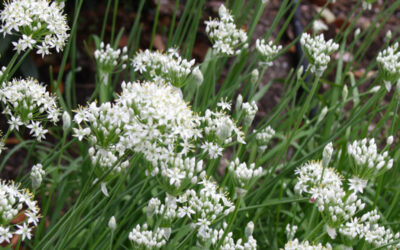
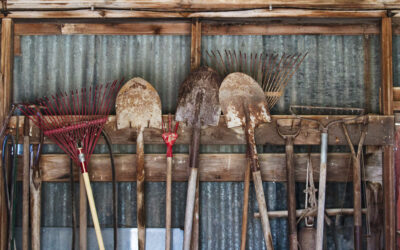
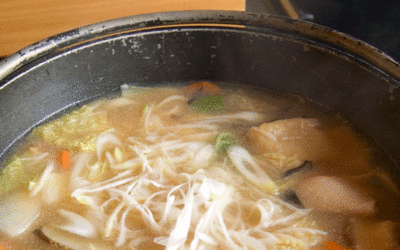


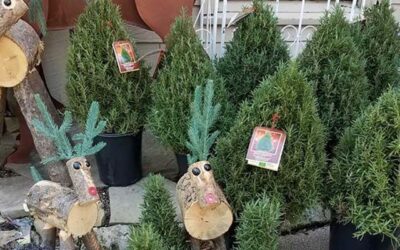


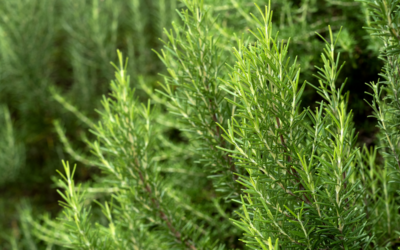
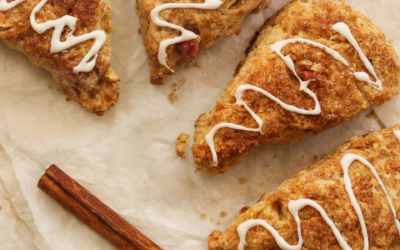

Enjoyed these articles. When do I put rose food around the plant, before are after cutting them back in February? Is cutting the about a foot from the ground good? Thks
Ann, now is indeed a good time to prune roses while they are relatively dormant. Cutting healthy canes down to about a foot is a little extreme. I rarely trim below two feet tall for most roses. The only exception is landscape roses that are intended to be kept below two feet during the growing season.
Regarding rose food, I would wait until the weather warms. You don’t want to stimulate growth while there is still a good chance of another freeze or two. Also, do NOT use Epsom salts on your rose bushes. I don’t care how many times you may have seen this bogus advice. Unless your soil has a magnesium deficiency (which can only be determined by a soil test) Epsom salts should not be used. To read my personal rant on the subject click https://herbncowgirl.com/expert-is-not-a-four-letter-word/.